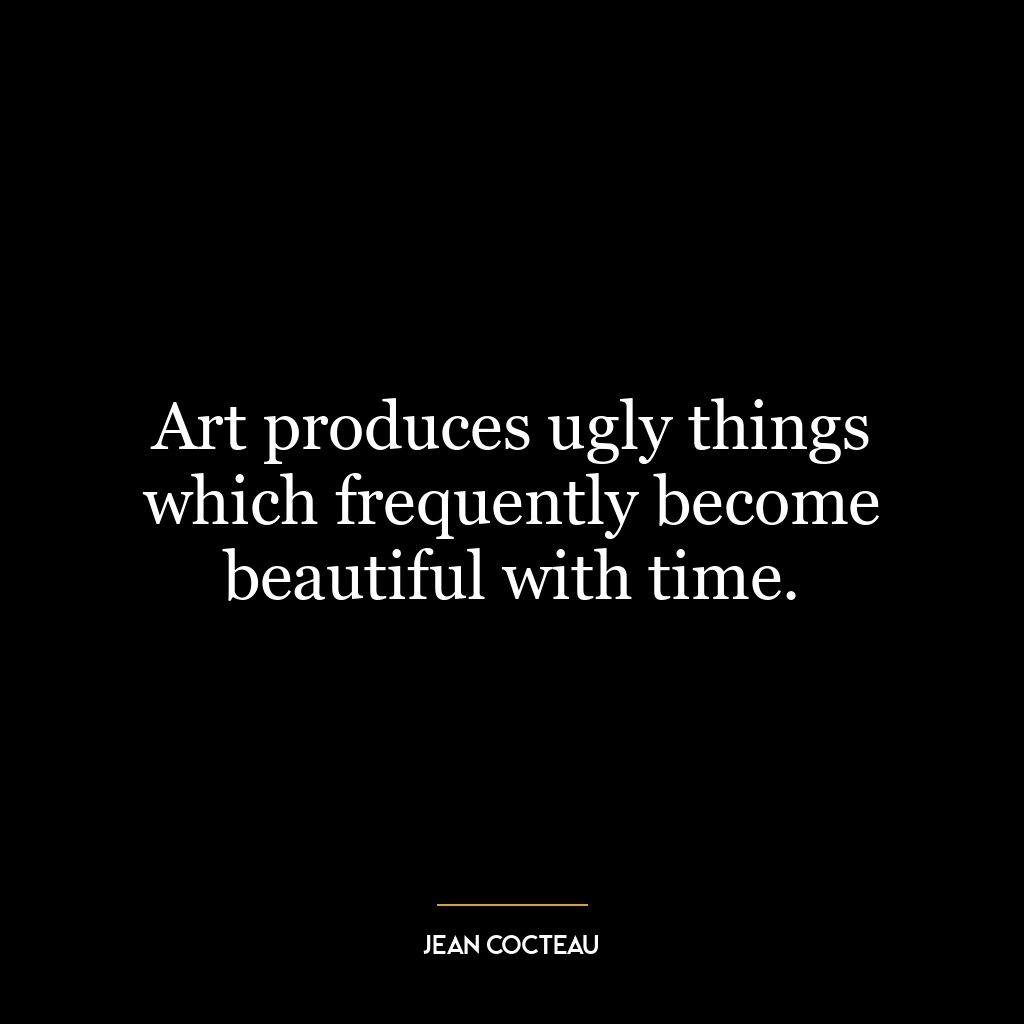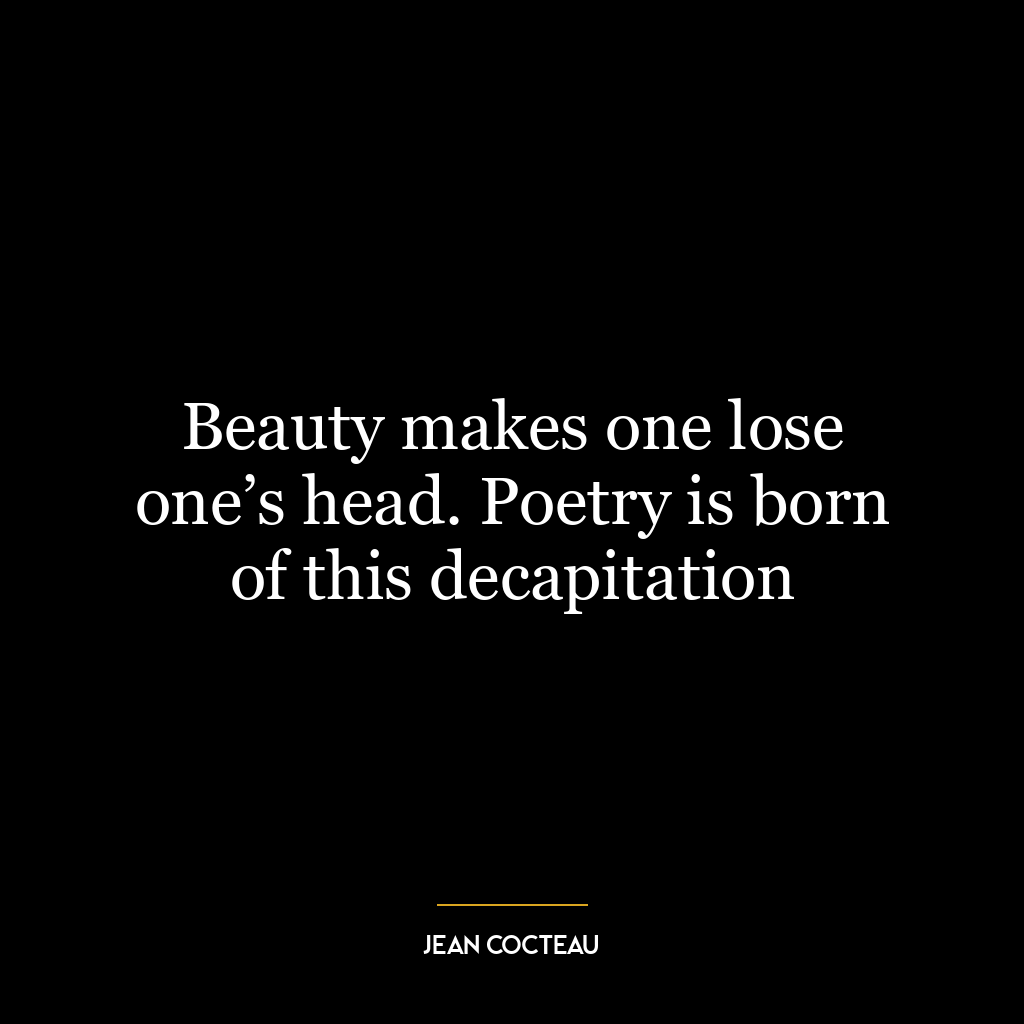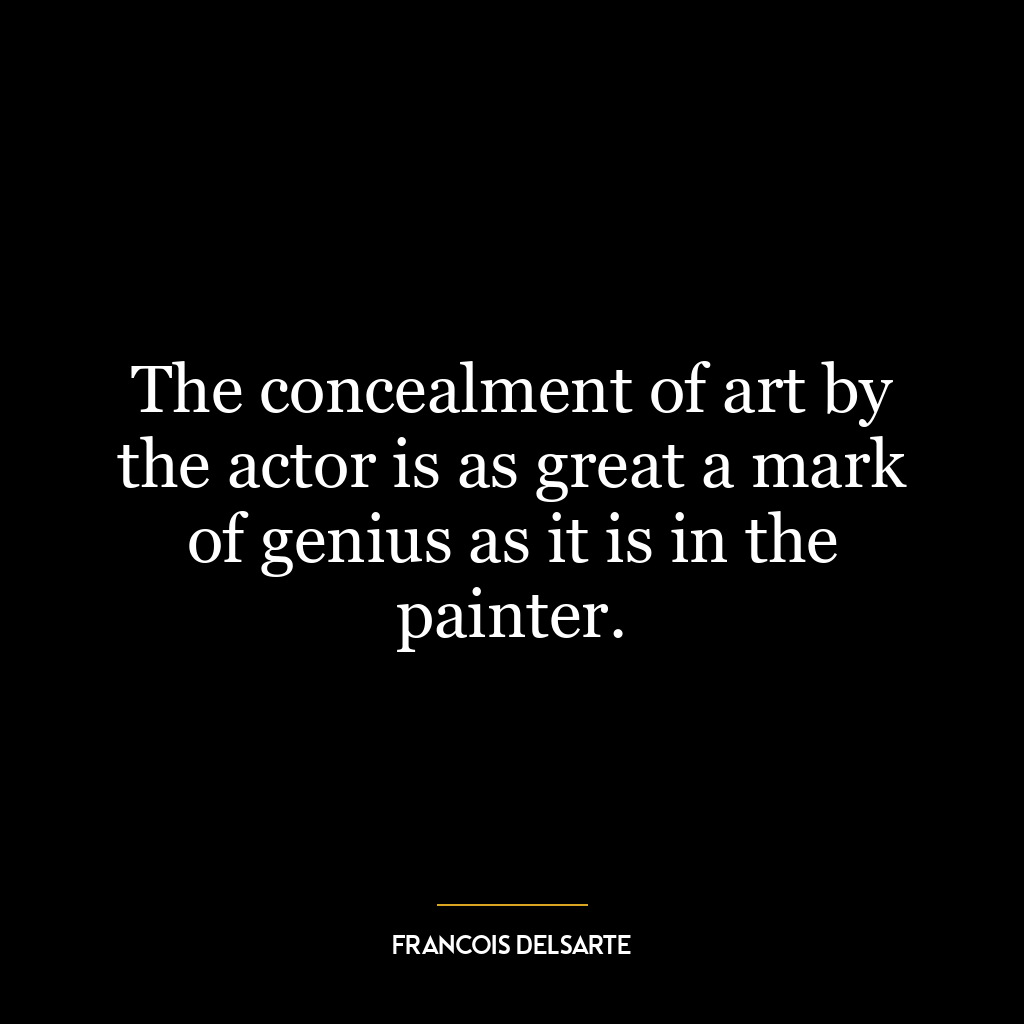This quote encapsulates the essence of artistry and creativity, suggesting that the true purpose of art is to reveal beauty and truth, while the artist should remain hidden behind their work. It implies that art should speak for itself, without the need for the artist’s personal life, thoughts, or emotions to be revealed or interpreted. The focus should be on the art itself, not on the person who created it.
The “creator of beautiful things” refers to the artist’s ability to produce something that evokes emotions, thoughts, and interpretations. The beauty of art lies in its ability to transcend the ordinary and touch the sublime, to make us see the world in a different light.
The phrase “To reveal art and conceal the artist is art’s aim” suggests that the purpose of art is to communicate a message, a feeling, or an idea, not to showcase the artist. The artist is merely the medium through which this communication occurs. Their personal identity, their thoughts and feelings, should not overshadow the art itself. The art should stand on its own, independent of its creator.
In today’s world, this idea could be applied in various ways. In the realm of social media, for example, where personal branding and self-promotion are often emphasized, this quote reminds us to focus on the quality and value of what we create, rather than on our image or persona. It encourages us to let our work speak for itself, rather than trying to enhance it with our personal story or identity.
In terms of personal development, this quote could inspire us to focus on the substance and value of our contributions, rather than on our ego or personal glory. It encourages humility, suggesting that the true value of our work lies in its impact on others, not in the recognition or praise we might receive. It also reminds us that our worth is not defined by others’ perception of us, but by the quality and integrity of what we create.











